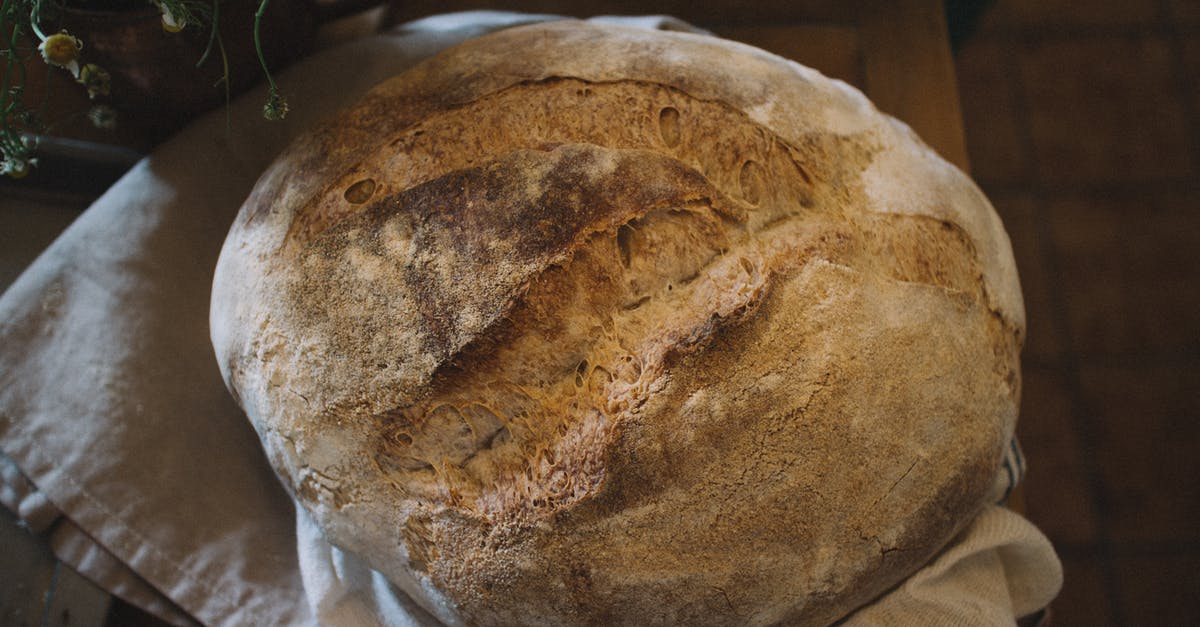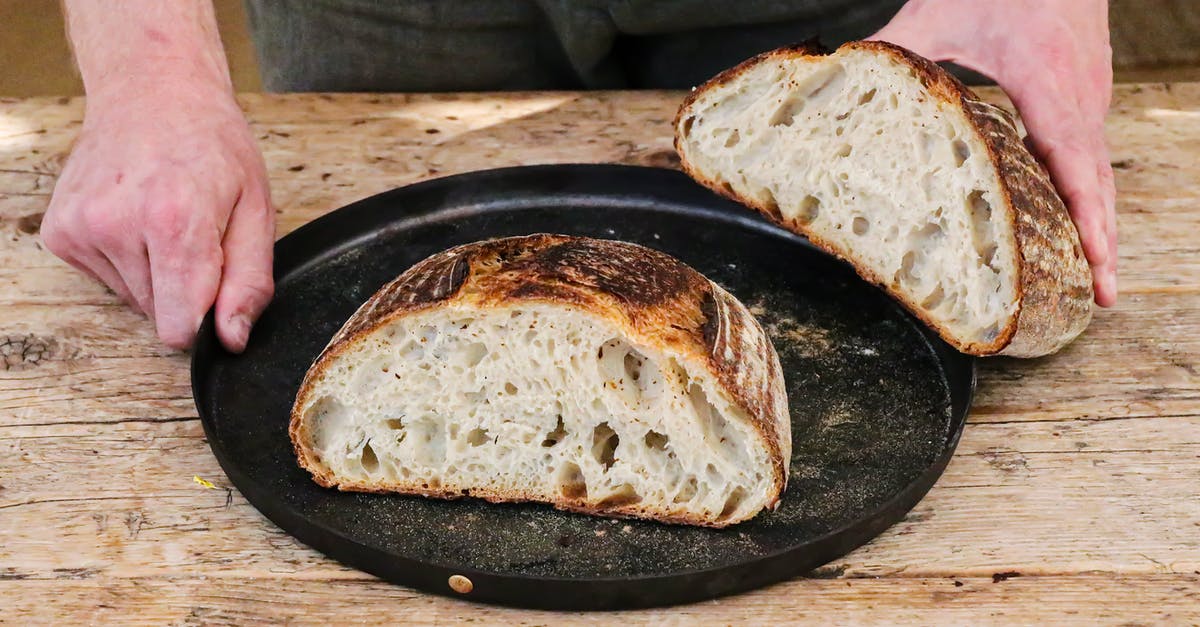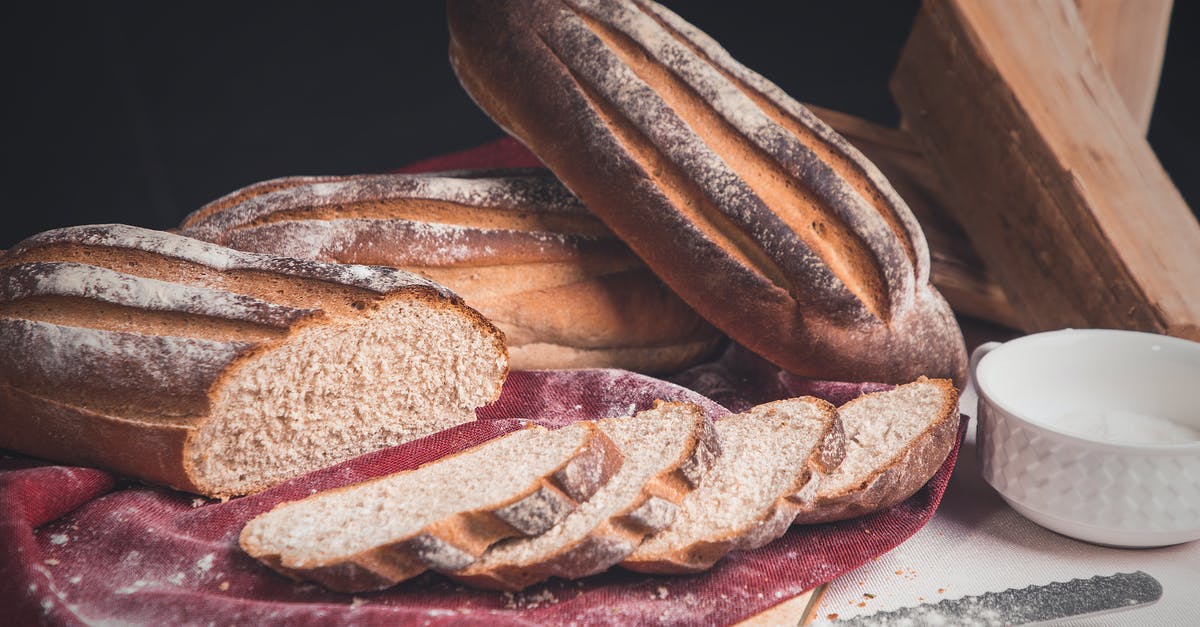Questions about the how and when of baking homemade sourdough bread

First, an important introduction with potentially relevant details: I've been maintaining some sourdough at home for several months now, initially made from organic white bread flour, then from half organic barley flour (I think it's white but it's significantly courser than the wheat or bread flour) and half organic white bread flour.
Almost all the recipes I checked online would instruct to take half of the dough for baking after 24 hours, then top up the sourdough with the same total weight of equal weights of water and flour. And in the beginning, I took that literally, so I'd take out half of the dough, add some salt and a dash of olive oil to it and mix, then bake it after heating the oven for a while. However, because of mixing the oil and salt with the dough, all the bubbles would be gone, and the bread was never fluffy.
After a few months, I did some testing and noticed that the dough stops rising after about 5 hours. So I changed the way I do things and started to top up the dough with new water and flour first, then take out some of that half-fresh dough for baking, salt it and leave it in the baking tray for about 4 hours, then put it in the oven. And that indeed started to produce softer, fluffier bread.
However, this means that about half of the bread I eat is made from dough that hasn't fermented for 24 hours. So now I find myself wondering ...
How do bakeries produce such soft, fluffy sourdough bread that tastes wholly like sourdough bread? And how can I do the same if my dough literally stops rising after roughly just 5 hours? How do I "take out half of the sourdough for baking" exactly? How do I add salt and a dash of oil to it without doing away with all the bubbles that constitute the fluffiness?
Thank you for any tips and help.
EDIT & UPDATE: I've waited long enough to pick an answer and feel forced now to just do it. I was waiting for two things: the results of my own experimentation with some of my findings from the comments and answers here, and to see whether the upvotes can help me pick an answer (it's really hard for me). Unfortunately, the votes are all equal on 3 answers at the time of this update, so it falls solely to me to pick an answer at this point. However, regardless of what I pick, I want to share part of the answer as my own findings, and I'm nowhere near cheeky enough to answer my own question as the newbie I am in this field:
I found out that, indeed, an important concept to understand is to treat the sourdough as the starter or leavening agent of the bread recipe that one bakes. And perhaps to never make the sourdough more than 50% of the total weight of the bread dough that one will bake.
I also realized that most "proper" sourdough bread recipes add significantly more flour than water. In other words, the ratio of flour to water is usually significantly higher than 1:1.
And I found out that, for whatever reason, I simply couldn't bake bread that was soft and fluffy enough in the inside by using such ratios that really favor the flour. The bread that such recipes produced for me was "meaty", or it was very filling, but it also wasn't as soft and fluffy as I wanted.
I found out that I find more success producing the bread I want by keeping the ratio of flour to water close to 1:1 but I'm still playing around with ratios of flour to water around 1.1:1. I'm still decreasing the flour to a ratio of 1.05 and increasing it to 1.15 to keep experimenting until I hit the perfect spot for my liking one day, hopefully.
Keeping the weight of the flour close to the weight of the water this way also has the added benefit of enabling me to use a normal, cheap hand mixer to "knead" the dough, instead of being forced to knead by hand or buy a very expensive kitchen dough mixer.
And by way of that, I found out that you really have to knead the dough long enough for it to turn glue or gum-like in order for it to reach the right structure that allows it to hold its bubbles well, and also to feel soft and smooth in the inside after baking. And this is where a ratio of 1.1 flour to 1 water, enabling the use of a hand mixer, really shines for me.
Finally, I thank all those who helped me reach those conclusions and understandings by comments and answers here.
Best Answer
To spell out the informaiton which has been implicit in other answers and comments:
Sourdough is not bread dough, it is an ingredient for bread dough (one of many). If you bake it on your own, it is no wonder you are getting undesirable results.
To bake bread, you have to follow a recipe for bread dough. You have the choice between different styles. Some use sourdough as a bulk ingredient (sometimes over 50%), others use a tiny amount just as a leavener or even use commercial yeast as the leavener and only add a small amount of sourdough as a kind of flavoring. You can explore different recipes and decide which type you like for yourself. A small warning, the ones which get a loaf fully leavened with only a small percentage of sourdough will only work if you have a well established, vigorous colony with good leavening action. So you might only want to go into these after you have tried the easier ones (high percentage of sourdough, or sourdough-as-flavor).
In any case, you will be adding your sourdough to flour, water and other ingredients to make dough to bake. You should also follow the steps given for proper kneading and proofing, else you won't get good results. Also, sourdoughs are more "individualistic" than commercial yeast, so it is worth trying out different recipes of the same time and find out for which one your colony performs best.
Pictures about "Questions about the how and when of baking homemade sourdough bread"



How do you know when your sourdough bread is ready to bake?
Bake immediately. It may turn out dense but it will still be tasty. If the result is really flat, try using it toasted on cheese platters or as croutons in soup or salad. If the indent springs back gently but not completely, your sourdough bread is ready to bake!How many times should you let sourdough rise?
A total of 16 to 18 hours seems to be the ideal amount of time for chilling a shaped loaf. If you prefer a more mildly flavored loaf, let the dough rise in the brotform or bowl at room temperature, covered with plastic wrap so it doesn't dry out.What causes sourdough bread not to rise?
If your sourdough bread doesn't rise much during baking, it could be because a weak sourdough starter was used, the dough wasn't shaped properly, or steam wasn't utilized. A strong starter should be used, the dough should be shaped tightly, and plenty of steam should be used to delay crust formation.What is the secret to sourdough bread?
Sourdough differs from most bread in that it contains no baker's yeast, relying instead on a fermented \u201cstarter\u201d of water and flour to provide lift. This also provides its sour flavour and chewy texture.Baker answers common sourdough beginner questions | Foodgeek baking
More answers regarding questions about the how and when of baking homemade sourdough bread
Answer 2
Here is how I maintain my sourdough and use it for bread making:
- I take out 50g sourdough from my culture, add 80g flour, 50g water - mix it, put it into a clean jar and leave it on the kitchen counter for the night (c.a. 10h) then put it in the fridge
- I use the rest (c.a. 130g) of the sourdough for bread. I add the sourdough to mixed water and flour (autolyzed) mix it, then add the salt. I leave it in the fridge overnight and get it out in the next morning. Leave it on the kitchen counter for 6-10 hours then begin folding the dough.
Sourdough is made of naturally occuring yeast and lactobacilli. If they get O2, they are starting to reproduce (I think partly that is why we have to knead the dough, to aereate it). If they are out of oxygen, they stop reproducing and start to produce alcohols, lactic acid and some aromatic stuff, which gives the sourdough and the bread the sour flavour.
In the meantime they use up the starch and the gluten in the flour, which would give the structure of the bread. So if you have an overfermented dough, it is not able to contain the CO2, because the structure is missing, your bread is going to be flat. Your sourdough culture is usually overfermented (because the culture goes through the nutrition very fast), use it only to start the fermentation in the dough, not as the "main" part of the dough.
You can influence fluffiness with multiple things, e.g. amount of water, fermentation time, fermentation temperature, type of flour or autolyzation. Also, fat content (e.g. oil) can reduce fluffiness, as far as I know.
Answer 3
It sounds like you have a sourdough starter recipe, but you haven't been using a bread recipe. What follows are a list of sourdough bread recipes from the internet that can get you started:
- https://www.thekitchn.com/how-to-make-sourdough-bread-224367
- https://www.theclevercarrot.com/2014/01/sourdough-bread-a-beginners-guide/
- https://www.kingarthurflour.com/recipes/basic-sourdough-bread-recipe
If you try out one of these, and you still can't get a good rise in your bread, The Kitchn has a troubleshooting guide, as well as other supporting articles on myth and chemistry.
Sources: Stack Exchange - This article follows the attribution requirements of Stack Exchange and is licensed under CC BY-SA 3.0.
Images: Monserrat Soldú, Geraud pfeiffer, Dima Valkov, Cats Coming
